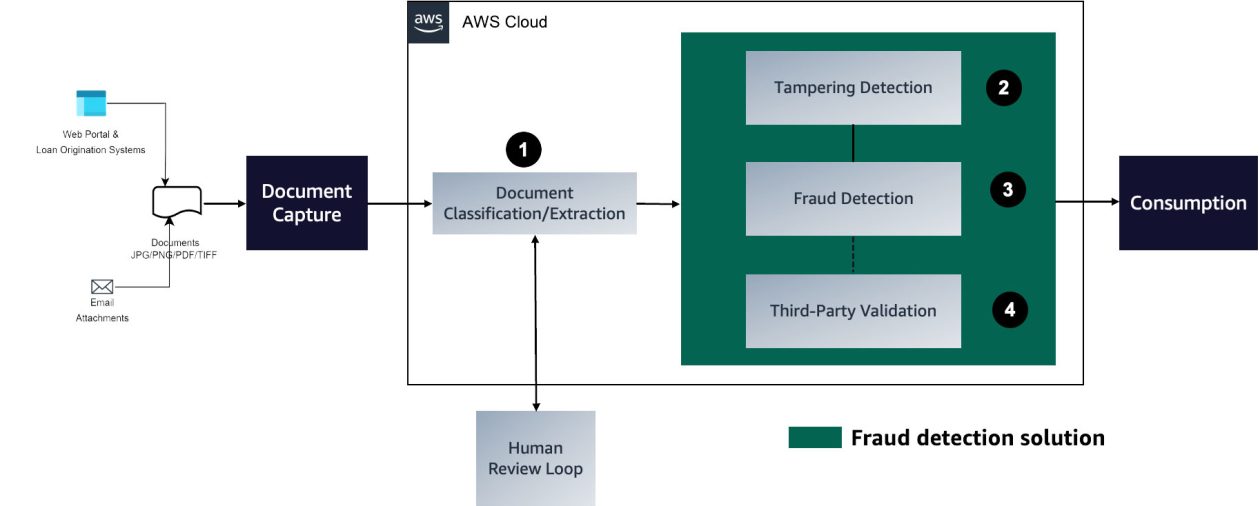The logistics industry has experienced a significant impact during the pandemic. This sector is quite old and has seen many epidemics, but this one wasn’t like anything before. The modern supply chain expresses high demand for in-time shipping, which creates many challenges.
The port workers, warehouse packers, and truckers are essential in supporting the supply chain. Cross dock charlotte nc, is also an excellent method to speed shipping.
AI is helping the logistics industry in so many ways. The datasets are aiding the decision-making process, which helps overcome the hurdles in the supply chain.
Intelligent routing
Big data has already been used in this industry. However, AI is used in different ways to help overcome the problems. Brokerages and third-party logistic companies use AI to create batched routes. They create optimized routes with various stops that align the way to enhance efficiency.
AI can notify the truckers that they must pick up an empty container before they get to the port. The system also helps speed up the pickup and delivery process, directing them to a fast lane.
The container pickups are scheduled on a particular appointment system that truckers can access. AI can help in this step, identifying when a shipment is ready for pickup and when it would be the most convenient. AI is used in drop-off facilities and warehouses despite the terminals to increase efficiency. AI can coordinate the truck arrival times and get a few trucks in the loading zone. Without this technology, this is difficult to complete since weather and traffic can postpone the process.
The truck brings a container full of goods to the loading point. Ai will schedule a few smaller trucks to be there simultaneously. The smaller trucks will divide the products to be shipped to their end. This method is called cross docking and is seen as a great way to increase efficiency. Back in the day, coordinating the trucks was nearly impossible. Even if the terminals were equipped for cross-docking, they lacked a scheduling system for a smooth flow of goods.
AI supports cross-docking processes to ensure the products get to the retail shelves more quickly. The approach also saves companies money as it eliminates the need for warehousing.
Robotics
Robotics help during the loading and unloading process, which helps speed up the time needed and improve accuracy. The Port of Long Beach already uses automated robots to move the goods from the ships into the trucks.
Robots are replacing warehouse workers’ manual work. They pick the products from a client’s order from the warehouse and place them in boxes. Drones are also used in the process, while there have been attempts to use robots for delivery.
Robots are also used as security guards in warehouses. And let’s not forget about autonomous trucks, a technology becoming a reality. While the current development of self-driving trucks requires human input, technology will develop in the future.
Touchless technology
For years, paper documents have been a staple in the logistics industry. While people can make various transactions online, truckers won’t get a paycheck unless they show the hand-signed papers provided by clients. This has been a major issue in the industry for years, and a solution is now possible thanks to artificial intelligence. AI supports paperless documentation and eliminates the need for physical documents. E-signature technology supports the paperless approach. Soon, the delivery data entry will be digital, and truckers won’t have to rely on physical paper documents.



